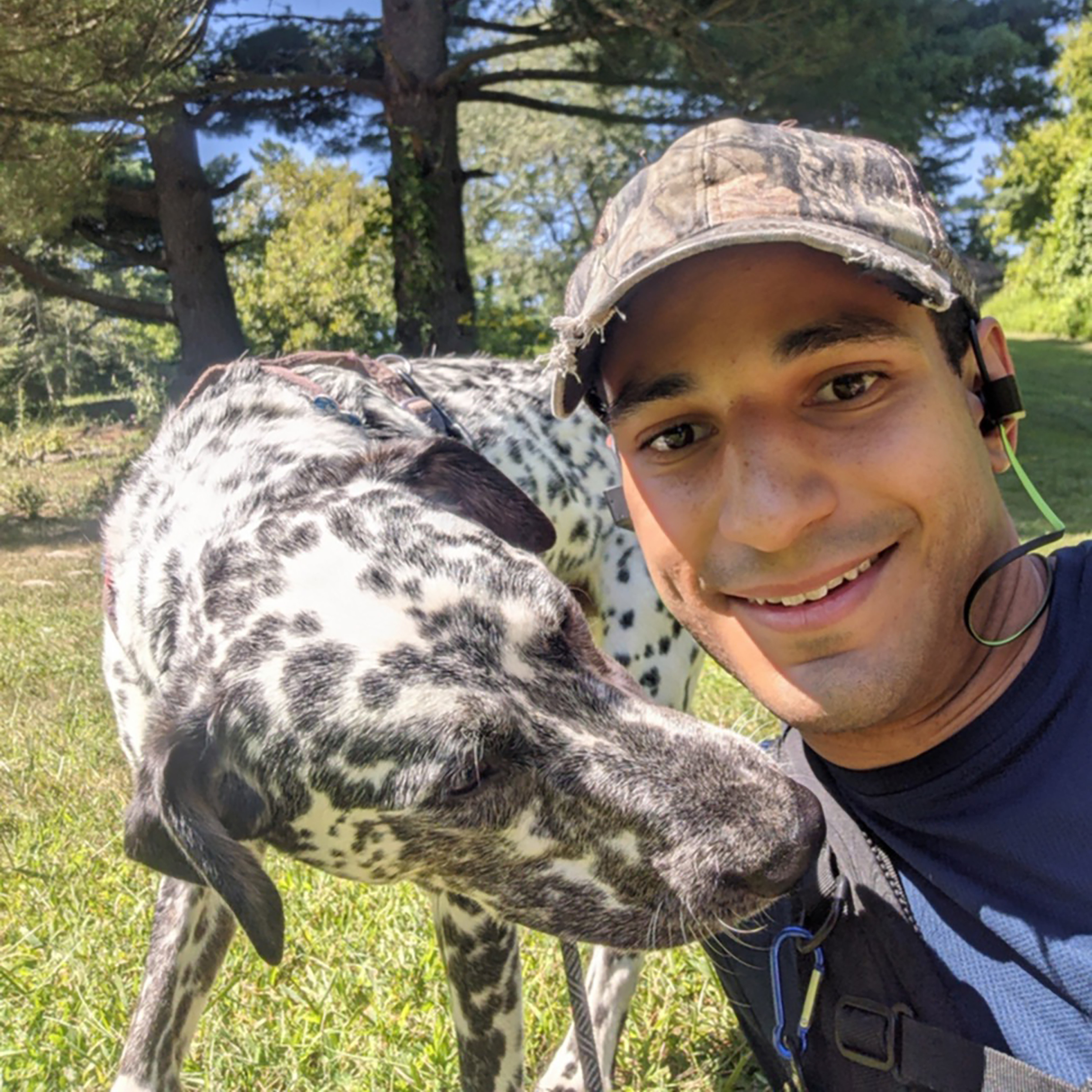Sullivan Named Distinguished Scholar-Teacher
- Details
- Category: Department News
- Published: Thursday, March 21 2024 08:01
Professor Greg Sullivan has been named a University of Maryland Distinguished Scholar-Teacher. The Distinguished Scholar-Teacher Program, established in 1978, honors a small number of faculty members each year who have demonstrated notable success in both scholarship and teaching.
Sullivan received his Ph.D. from the University of Illinois and did postdoctoral work at the University of Chicago before joining the UMD faculty. His research interests span high energy physics and astrophysics.
“Greg very much deserves this recognition,” said Physics chair Steve Rolston. “In his remarkable career, he has won a triple crown, as a key player in three tremendously important findings. And he has always been a superb mentor and fantastic classroom teacher.”
Early in his career, Sullivan was a major contributor to the Collider Detector at Fermilab (CDF), one of two experiments that made the momentous 1995 discovery of the top quark, a subatomic particle whose existence was predicted by the Standard Model. The finding was so significant that decades later, it continues to merit high acclaim, including the 2019 Particle Physics Prize of the European Physical Society.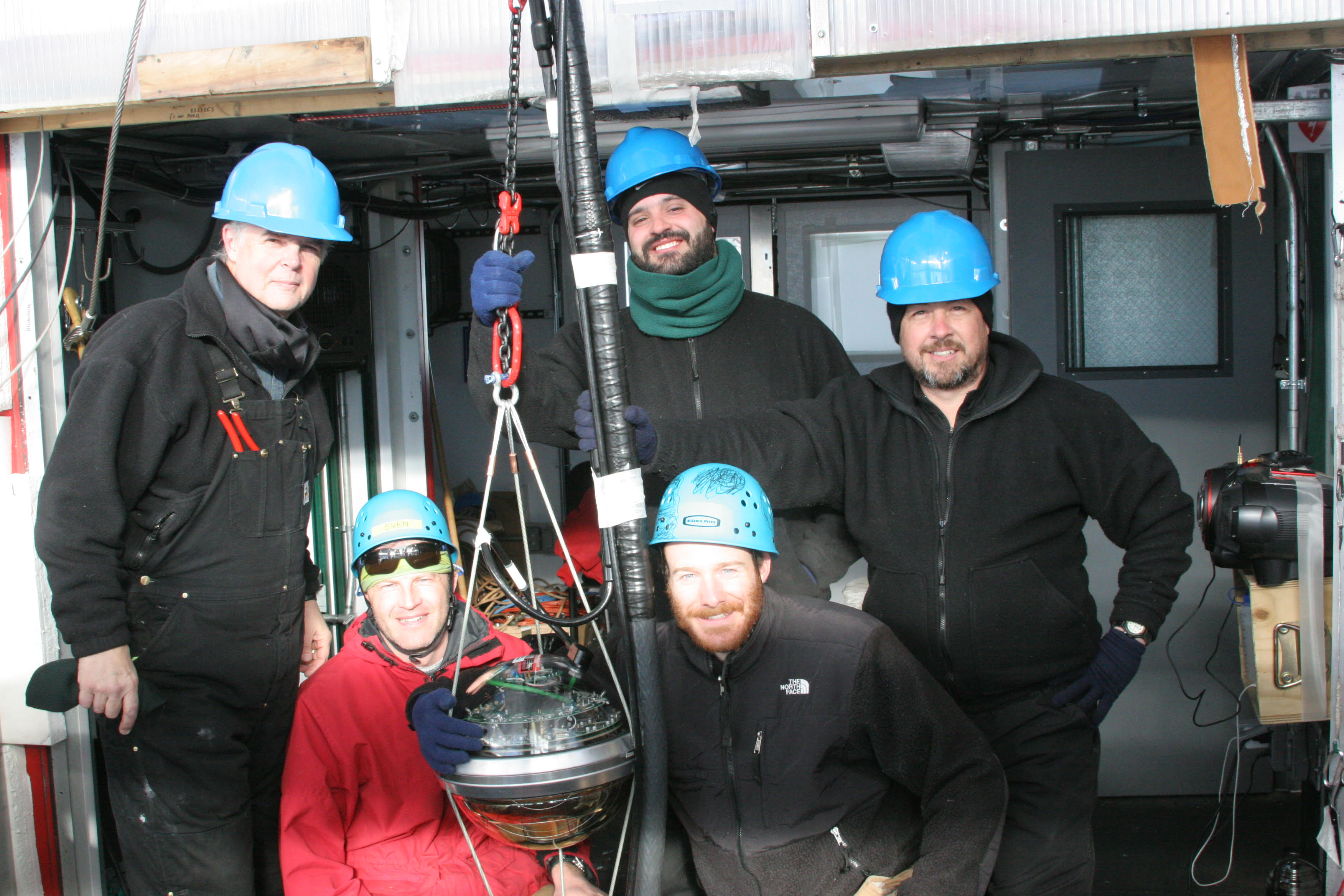 Sullivan (right) at work in Antarctica
Sullivan (right) at work in Antarctica
As a UMD assistant professor, Sullivan joined the Super-Kamiokande experiment in Japan, which started operation in 1996 and in 1998 announced the first evidence that neutrinos—the lightest subatomic particles, long believe to be massless—do indeed have mass. This was an enormous reversal of accepted wisdom. So important is the realization of neutrino mass that the Principal Investigator of the Super-Kamiokande experiment received the 2015 Nobel Prize for Physics and the collaboration was honored with the 2016 Breakthrough Prize in Physics.
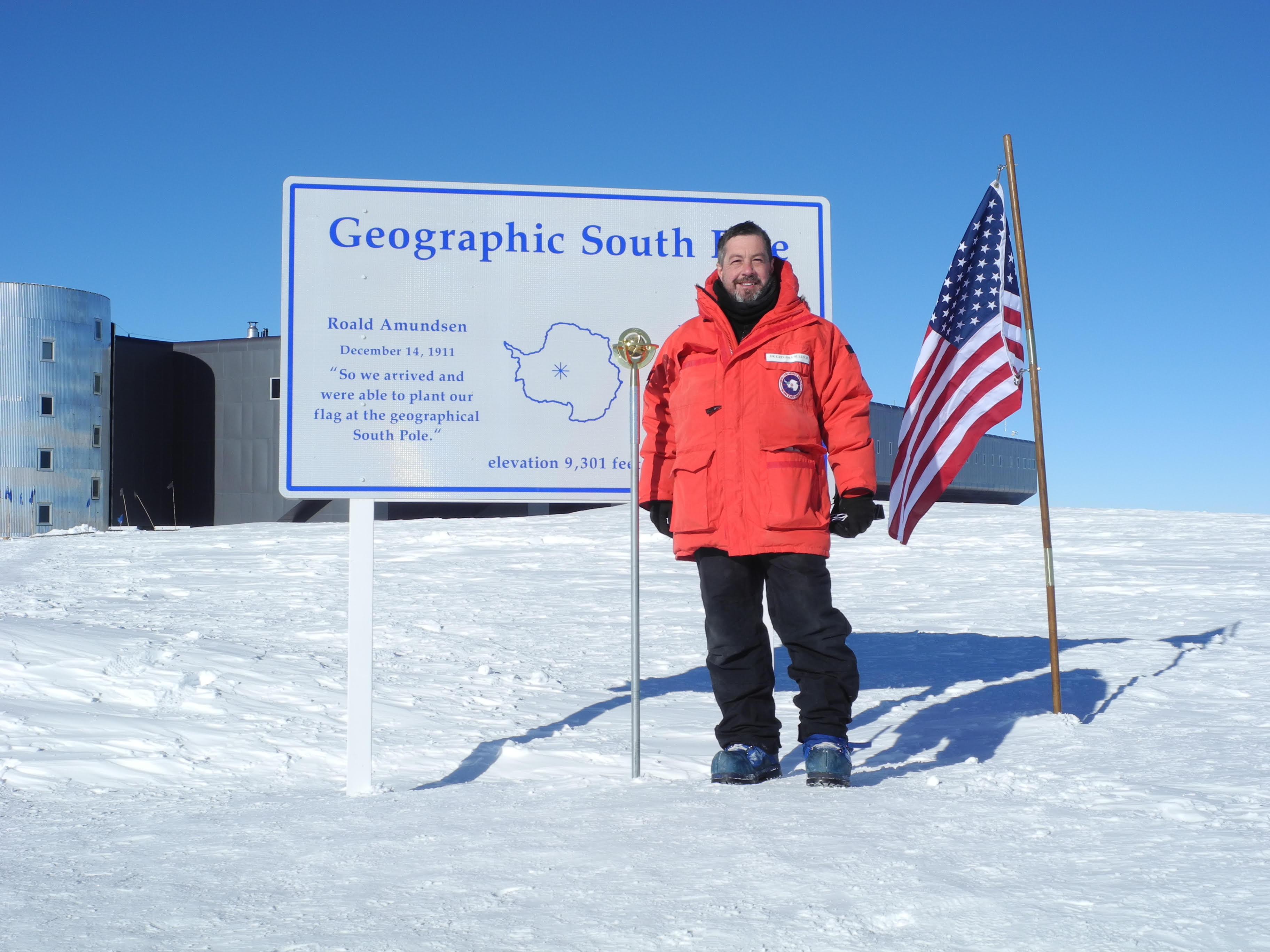 Sullivan at the South PoleFollowing the Super-Kamiokande success, Sullivan turned to a scientific and engineering marvel: the cosmic neutrino-seeking IceCube experiment at the South Pole. Painstakingly, in a near-decade-long effort in frigid conditions, scientists drilled 86 1.5 mile-deep holes in the pristine Antarctic ice and equipped them with ultra-sensitive detectors, creating a massive observatory of unprecedented volume. Sullivan was deeply involved in planning IceCube and was elected to the crucial position of Spokesperson (chief scientist) as it began operation. In two years, the collaboration published the first observation of cosmic neutrinos. Physics World named this feat the 2013 Breakthrough of the Year. The discoveries continue; just months ago, IceCube announced detection of neutrinos from our Milky Way galaxy. And IceCube will continue to play a very important role in the evolving world of multimessenger astronomy, the collaborative effort to turn varied earth and space-based telescopes in unison to track emergent cosmic phenomena.
Sullivan at the South PoleFollowing the Super-Kamiokande success, Sullivan turned to a scientific and engineering marvel: the cosmic neutrino-seeking IceCube experiment at the South Pole. Painstakingly, in a near-decade-long effort in frigid conditions, scientists drilled 86 1.5 mile-deep holes in the pristine Antarctic ice and equipped them with ultra-sensitive detectors, creating a massive observatory of unprecedented volume. Sullivan was deeply involved in planning IceCube and was elected to the crucial position of Spokesperson (chief scientist) as it began operation. In two years, the collaboration published the first observation of cosmic neutrinos. Physics World named this feat the 2013 Breakthrough of the Year. The discoveries continue; just months ago, IceCube announced detection of neutrinos from our Milky Way galaxy. And IceCube will continue to play a very important role in the evolving world of multimessenger astronomy, the collaborative effort to turn varied earth and space-based telescopes in unison to track emergent cosmic phenomena.
Sullivan has served as the thesis advisor for 17 students. He was the department’s Associate chair for Graduate Education from 2006-09. More recently, he has served as co-chair of our department’s Quantum Education Committee.
He will give a Distinguished Scholar-Teacher lecture on Tuesday, November 12 at 4 p.m. in room 1410 of the Toll Physics Building.

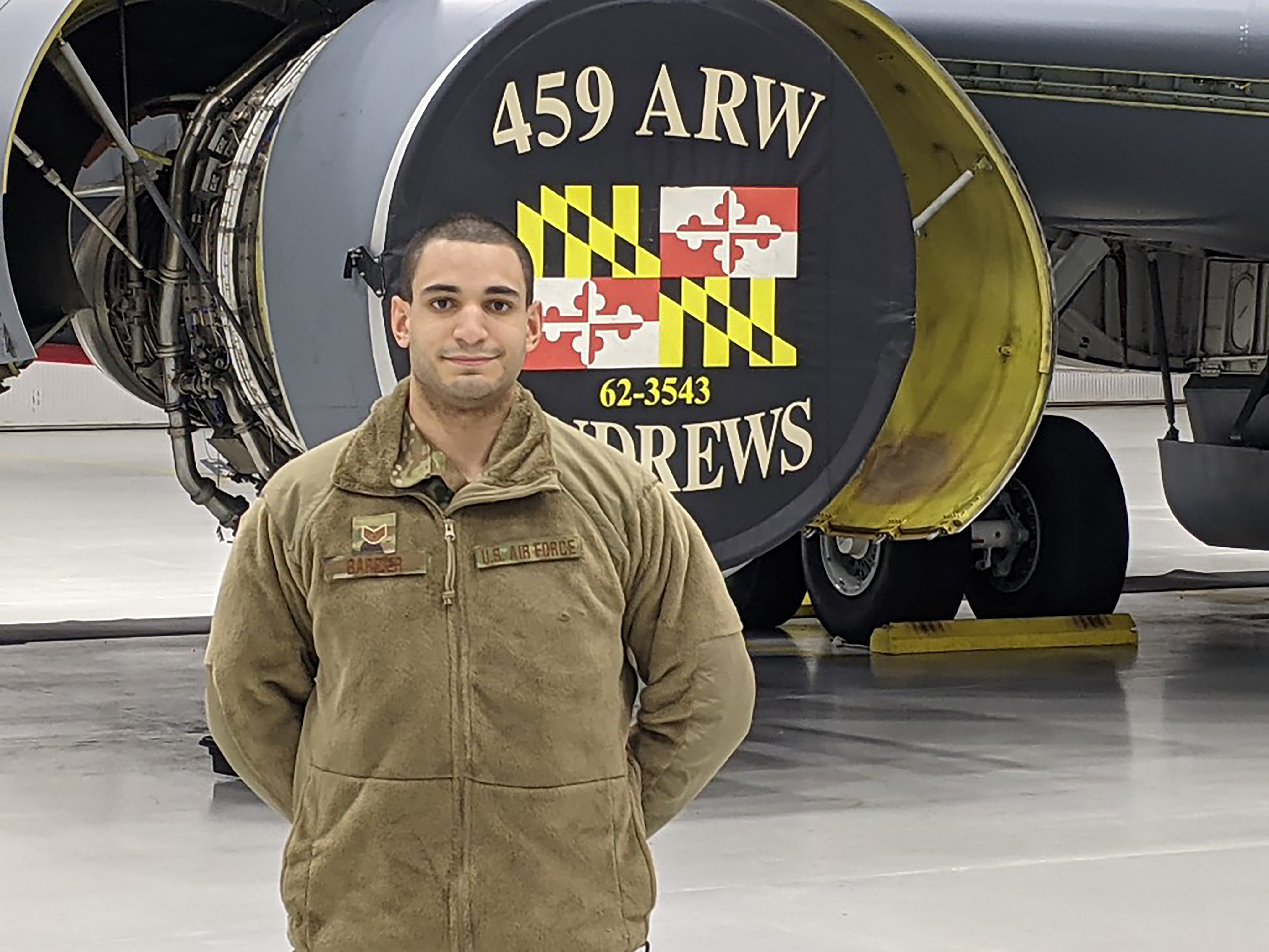
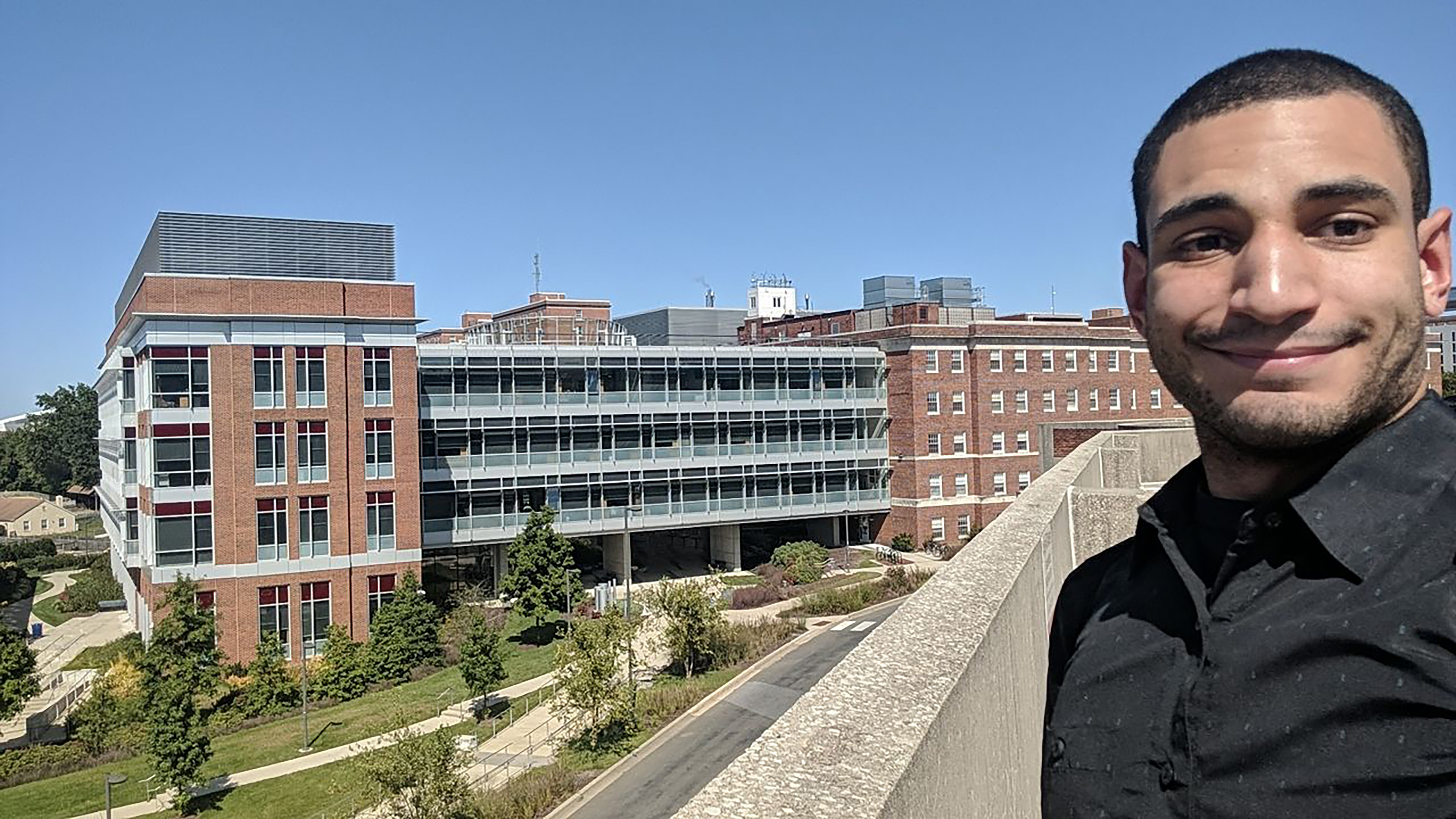 After attending the university’s spring career fair and interviewing with a company of interest, UCC counselors encouraged me by suggesting the skills I would need to succeed and coaching me through the unfamiliar parts of the process such as negotiation.
After attending the university’s spring career fair and interviewing with a company of interest, UCC counselors encouraged me by suggesting the skills I would need to succeed and coaching me through the unfamiliar parts of the process such as negotiation. 